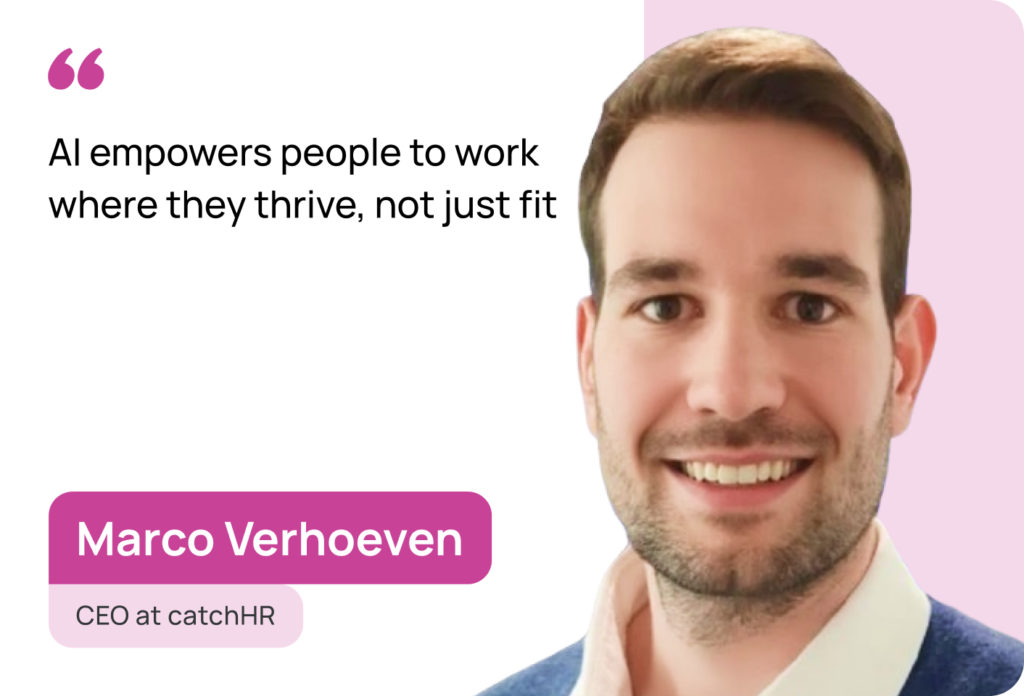The fastest and surest way to prove that technological advances are happening every day is to take a look at the nearest store. Cloud, mobile, RFID, beacons, and other technologies on shelves and checkout counters are no longer futuristic wonders, but services we’ve come to expect. Businesses are fighting for the customer by constantly implementing the latest solutions to turn their products into experiences, and the IT industry is constantly providing new ways to do it. Recently, the Internet of Things (IoT) has become the hot technology trend for retail — the global IoT application in retail market size is expected to reach $35.5B by 2025. If you are a retail store owner, you don’t ask why you should implement IoT solutions, but how to do it and what issues you might encounter along the way. In this article, we will look at 5 use cases of IoT applications in the retail industry, discuss the key benefits of IoT solutions, and analyze the main challenges of implementing this technology.
Understanding the Importance of IoT in Retail
The retail market is reaping the benefits of total digitalization in three major ways: AI, machine learning, and IoT. With the latter being the most prevalent tool to date, in 2031, the value of IoT in retail is predicted to reach $177.90 billion.
Retailers are using the IoT to monitor on-shelf availability, equipment health, supply chain operations; perform video analytics with AI (artificial intelligence), implement smart price tags, predicting equipment failures and breakdowns, control temperature, robotize warehousing systems, analyze visitors’ emotions, and personalize offers.
How Do Retail Companies Use IoT?
Imagine customers come to a store, and the product they want is not on the shelf. Alternatively, the right goods might be on display, but the queue at the cash register is too long, and the person leaves without buying anything. Such situations are nightmare fuel for any retailer. The Internet of Things, along with data collection systems operating a variety of sensors on the sales floor and in the store’s work areas, can make product displays more effective, reduce queues, find optimal routes for visitors, and even improve their satisfaction levels. In the never-ending battle for customers: players on the retail market use IoT technologies to increase revenue and reduce costs. According to Oracle research, 66% of companies use some form of IoT capabilities to facilitate better customer experience.
Key IoT applications in retail
Source: Euristiq
Benefits of Using IoT in Retail Industry
Efficiency analysis
The Internet of Things helps offline stores to better understand their client base, discover their preferences, tastes, and habits in as much detail as e-commerce sites. Connected IoT devices, along with smartphones, mobile apps, social media, and other channels, can provide you with a complete picture of what customers like or dislike, what they search for and buy, and even what they are likely to need in the future. This method can track customer actions along with their age, location, shopping habits, and other metrics.
Process Optimization
IoT implementation in the retail industry is a great way to control repetitive tasks. By using geolocation and beacons, you can track the path of a product right up to the shelf. You can even go for smart shelves that can read RFID tags! The data transmitted by an IoT system allows you to timely replenish sold-out goods, and provide customers with more information about the product on the spot. Additionally, smart shelves can be integrated with digital shopping lists, notifying shoppers when an item on their list is nearby.
Automation
IoT in the retail industry can simplify point-of-sale management by automating important tasks. For example, you can install a monitoring system that will monitor light exposure, humidity, temperature, and other factors that may be critical to the condition of your products. Employees will only need to check the system at certain times to ensure everything is working correctly. Retail automation also allows you to devote the freed-up resources to the more essential tasks.
Improved user experience
Most things you do as a business owner are aimed at improving customer experience, as at the end of the day, it is they who bring you money. Through personalization and digitalization, IoT can make an ordinary shopping experience an exciting event. Meanwhile, the data you collect with this tool can dramatically change your development strategy for the better.
8 IoT Use Cases in Retail
Automated stores
Automated stores are probably the most impressive use of the IoT in retail examples. They are a prototype of how shopping will look in ten or twenty years. When entering such a store, buyers must identify themselves by scanning a QR code using a smartphone. The space of the store is fully viewed by cameras. Machine vision technology allows recognition of both the person and the goods they take from the shelf. The shelves are equipped with a monitoring system that also records which goods are taken. The dual monitoring ensures that the contents of the shopper’s virtual cart match the contents of their real shopping cart. When the customer leaves the store, money is automatically deducted from their account.
Example: Amazon Go
Counting Visitors
IoT solutions and video analytics allow the owner of a retail business to get reliable statistics on the number of visitors per day, month, and year, along with other data like gender and age of regular customers, and their emotions before and after making a purchase. The system works by comparing the digitalized facial impression of each new person entering the hall with those it has already seen. If there were no similar faces for a given period, be it an hour, a day, a week, or a month, the person is counted as a new, unique visitor. At the same time, you can easily analyze specific gender or age groups.
Example: Dandy Lab
Queue control
Monitoring the number of customers in the queue at the cash desk allows you to evenly distribute the load on employees during the day. A proper application of IoT in retail will allow you to effortlessly count the number of visitors in the hall, determine the length of the queue at the cash desk, and give an audible signal to open additional desks when necessary. The use of analytics can reduce the number of customers leaving the store due to a long wait time and increase customer loyalty.
Example: Smart & Final
Optimization of display and logistics
Logistics has even more IoT examples in retail we can analyze. With a notification system and smart shelves, you can optimize inventory maintenance costs and warehouse space. The system informs the merchandiser, warehouse, and store personnel about the insufficient quantity of goods on a shelf or misplaced products. The use of analytics can reduce the number of customers leaving your store unsatisfied by ensuring that the shelves stay full at all times.
Example: Kroger
Franchise control
With a combined work of several analytical modules, you can assess the correctness of the franchisee’s actions and their compliance with your service standards. The metrics you might want to check include waiting time at cash registers, availability of employees in service areas, and product display coherence. This is especially relevant for large retail chains using reverse franchising. Under this model, the brand owner effectively controls the work of the franchise outlet.
Example: Domino’s
Control of personnel activity
IoT use cases in retail also include recording the exact time of entry and exit of an employee and measuring the amount of time they spend at the workplace. It’s a great way to improve your staff performance.
Example: Walmart
Improved user experience
IoT in retail business can be used to enhance user experience. For instance, smart mirrors make selecting and purchasing fashionable clothes easier. These mirrors read the RFID tags found on each item and display other size and color options. Moreover, a smart mirror can show different accessories that will go well with the chosen garment. Customers will receive assistance without leaving the fitting room, and the brand will get a lot of data about customer preferences.
Example: Rebecca Minkoff
Movement tracking
The use of position beacons in combination with small Bluetooth devices allows you to notify users about ongoing promotions when they’re in the general area of your store. Retail sector companies are using a similar technology to make it easier for shoppers to navigate hypermarkets and find the products they’re looking for. The beacons send route messages to a map on a cell phone or tablet. The store, in turn, receives data on shoppers’ movements to optimize its display.
Example: Auchan
IoT in Retail Market: Challenges and Solutions
Quite often, retailers don’t know where to start when it comes to IoT. The new technology seems overwhelming, costly, and difficult to implement. In reality, IoT systems are quite simple, especially if you have a clear plan and a reliable technology partner. In general, the key challenges for implementing the Internet of Things in the retail market can be summarized as follows.
Data management
Working with the implementation of IoT in retail, you’ll have to handle large quantities of data. To benefit from this information, you need to process it. This requires specialized tools, technical skills, and a high level of expertise.
Solution: Seek aid from a technology partner. Competent IoT specialists can either take over data management for you or train your employees to handle information from connected devices.
Information security
Security remains a key factor among the challenges of IoT in retail, as the more devices you have, the harder it is to protect them from intrusions. User data collected by IoT devices is valuable not just to you, but also to hackers.
Solution: Choose solutions with the most up-to-date security systems. In addition, you need to run digital security training for your staff and have a clear plan of action in case of a breach.
Infrastructure costs
With numerous sensors, assembling the system itself can become a major technical challenge, and the associated infrastructure costs deter many businesses from implementing it.
Solution: Start small. The most straightforward business case for the Internet of Things in retail is using IoT to monitor energy consumption. Implementing smart store technology allows businesses to save 4.9% of electricity by turning off unused equipment and lighting at night. Such solutions can be deployed very quickly and with a relatively small investment.
Consider Temy as Your Trusted Partner
The application of IoT in the retail industry changes the core paradigm of this industry, taking your business to a whole new level. However, you should not forget that before implementing a solution, it must first be developed. It is possible to purchase the hardware part in-house, but software is different in this regard. For applications of IoT in retail to be truly beneficial, they must be tailored to your business processes and reflect your vision. This requires custom development, and that’s exactly what Temy offers. We are a well-coordinated team with 9 years of experience on the market, 100+ projects delivered, and 100+ people in the company ready to take on your project. Our specialists have exceptional IoT expertise. We have several successful IoT projects under our belt and are eager for new challenges in this niche. Read our case studies to learn more, or contact us to design the ultimate solution for your business.



